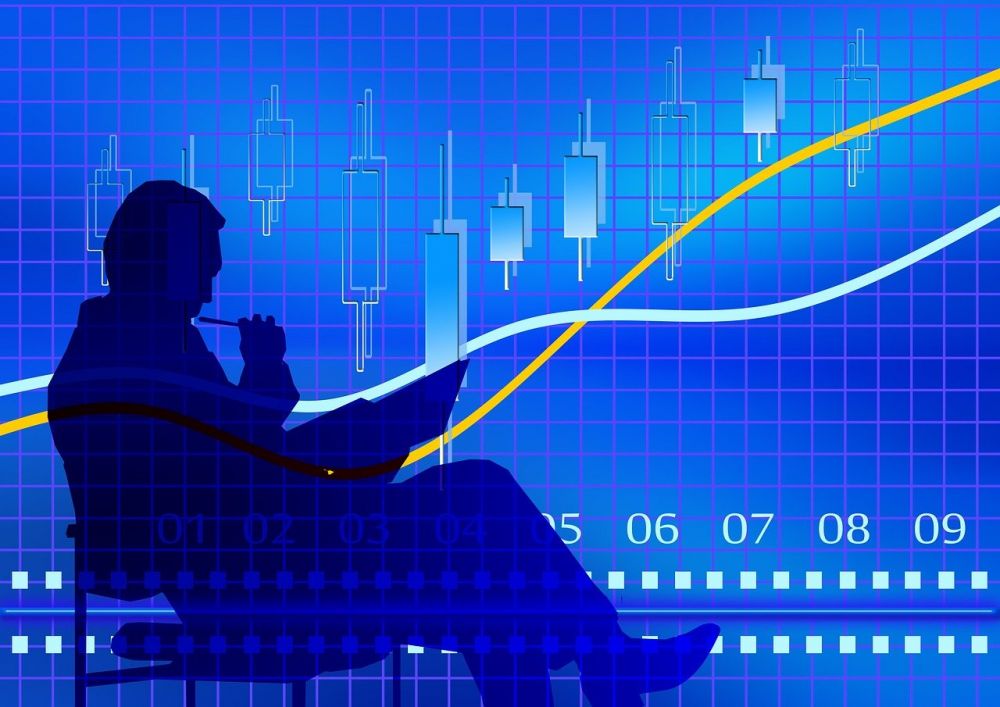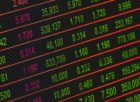Day Trading: En In-Depth Guide to Success

Introduction
Day trading has gained significant popularity in recent years, attracting individuals who seek to generate profits from short-term price fluctuations in financial markets. In this comprehensive article, we will provide a thorough overview, delve into different types of day trading, discuss quantitative measurements, highlight key differences, and explore the historical pros and cons of various day trading strategies.
I. What is Day Trading?
Day trading refers to the practice of buying and selling financial instruments, such as stocks, currencies, or commodities, within the same trading day. Unlike long-term investors, day traders aim to capitalize on short-term price movements and typically close all their positions before the market closes. This fast-paced approach requires in-depth market knowledge, technical analysis skills, and the ability to swiftly react to market fluctuations.
II.
Types of Day Trading

There are several types of day trading strategies that traders employ based on their preferences and market conditions. The most popular ones include:
1. Scalping: Scalpers focus on making numerous small trades throughout the day to profit from small price movements. They target quick profits and rely heavily on technical analysis tools like charts and indicators to identify short-lived opportunities.
2. Momentum Trading: Momentum traders seek to capitalize on strong market trends and price movements. They look for stocks or other assets that are rapidly gaining or losing value and aim to ride the momentum for potential profit.
3. Breakout Trading: Breakout traders identify stocks or other assets that are about to break through significant price levels, such as support or resistance levels. They aim to enter the trade at the early stage of a breakout and profit from the subsequent price movement.
4. News-based Trading: News-based traders monitor market news, economic releases, and corporate announcements to identify trading opportunities. They aim to take advantage of market reactions to significant news events and make quick trading decisions based on the information.
III.
Quantitative Measurements in Day Trading
To evaluate the effectiveness of day trading strategies, several quantitative measurements can be used:
1. Win Rate: The win rate represents the percentage of profitable trades out of the total number of trades. A higher win rate indicates a more successful strategy, but it is essential to consider other factors like risk-reward ratios.
2. Risk-Return Ratio: This ratio compares the potential profit of a trade to the potential loss. A favorable risk-return ratio ensures that potential gains outweigh potential losses, making a strategy more attractive.
3. Average Daily Profit/Loss: Calculating the average daily profit or loss can provide insights into the consistency of a day trader’s performance. Positive average daily returns are indicative of profitable strategies.
4. Volatility: Volatility measures the magnitude of price fluctuations in the market. Higher volatility can present more opportunities for day traders but also entails higher risks.
IV.
Key Differences in Day Trading Strategies
Each day trading strategy has distinct characteristics and approaches. Key differences can be observed in terms of:
1. Timeframe: Some day traders focus on ultra-short intervals, taking advantage of high-frequency trading techniques, while others opt for longer-term intraday trades.
2. Risk Appetite: Strategies like scalping may involve numerous trades with small profit targets but also limited downside risk. On the other hand, breakout or momentum trading exposes traders to higher levels of risk and potential losses.
3. Technical vs. Fundamental Analysis: While technical analysis is the foundation of most day trading strategies, news-based traders rely on fundamental analysis to make trading decisions based on market news and economic data.
V.
Historical Pros and Cons of Day Trading
Day trading has faced criticism and praise throughout history. Here are some historical pros and cons associated with various day trading strategies:
1. Pros:
– Potential for significant returns in a short period.
– Flexibility to adapt to market conditions.
– Opportunities to profit from both rising and falling markets.
2. Cons:
– High volatility can result in substantial losses.
– Psychological challenges of managing rapid decision-making and potential stress.
– Regulatory hurdles and risks associated with leverage and margin trading.
Conclusion
As day trading continues to attract individuals seeking financial independence through active trading, it is crucial to understand the nuances and intricacies of this fast-paced practice. By grasping the different types of day trading, employing quantitative measurements, recognizing key differences, and being mindful of historical pros and cons, traders can develop informed strategies that align with their risk appetite and goals. Stay updated with market trends, maintain discipline, and always prioritize risk management to increase your chances of success in the exciting world of day trading.
Overview of Day Trading
Types of Day Trading
Quantitative Measurements in Day Trading
Key Differences in Day Trading Strategies
Historical Pros and Cons of Day Trading











